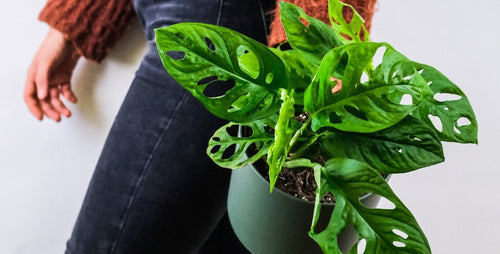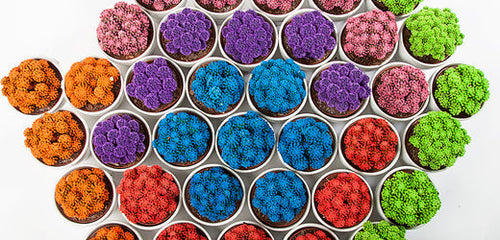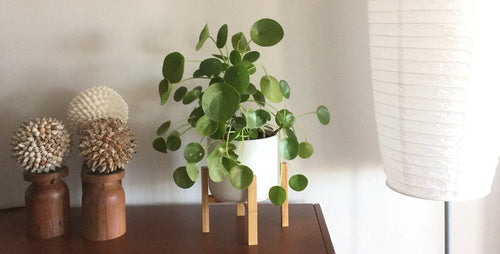Bushy. Big-leafed. Versatile. If you’re looking for a houseplant with these characteristics, Syngonium (arrowhead plant) fits the profile. Oh, and add popularity to its list of assets. Syngonium is showing up on shelves and sofa tables everywhere, thanks to its easy-going nature.
For first-time plant parents, this plant also offers instant gratification. Syngonium is a relatively fast grower, and there’s nothing like seeing a succession of unfurling leaves to make plant owners feel successful (and proud!).

For those looking for color versatility, it’s also a plant that comes in different leaf colors, from solid green to variegated types with splashes of white and cream throughout the large, arrow-shape leaves. ‘Holly’ produces nearly all-white leaves. ‘Pink Allusion’ features pink veins. ‘Maria Allusion’ offers coppery pink tints. And ‘Strawberry Cream’ offers pink new growth.
The botanical (Latin) name is Syngonium podophyllum, but this plant goes by many common names including arrowhead vine, arrowhead philodendron (because the leaves are somewhat heart-shape like a philodendron), and goosefoot (named for the webbed-foot appearance of the leaves). It is also sometimes referred to as nephthytis.
The growth habit of Syngonium fits the needs of those who love a moundy, leafy, bushy plant as well as those who love a wandering, vining, climbing plant. Which camp do you fall in? If you like the look of a more compact plant, choose the new Allusion varieties. Older varieties will vine or climb more readily. Give them a leg up by attaching them to a peat pole.
You can keep either type in check by simply cutting off stems that grow out of the form you want. If you do cut off stems, it’s easy to sprout them in water to create new plants. Propagate cuttings by snipping off a stem just below a node and placing in water. Watch for roots to form in a week or two.
Because Syngonium originally hails from the tropical rainforests of Central and South America, this (and most other houseplants) love humidity. In winter, you may want to help raise the humidity around this plant by setting it on a pebble tray.
Written by Karen Weir-Jimerson

















